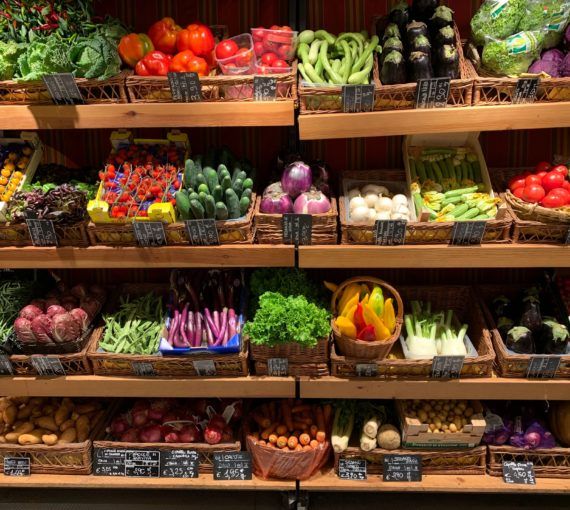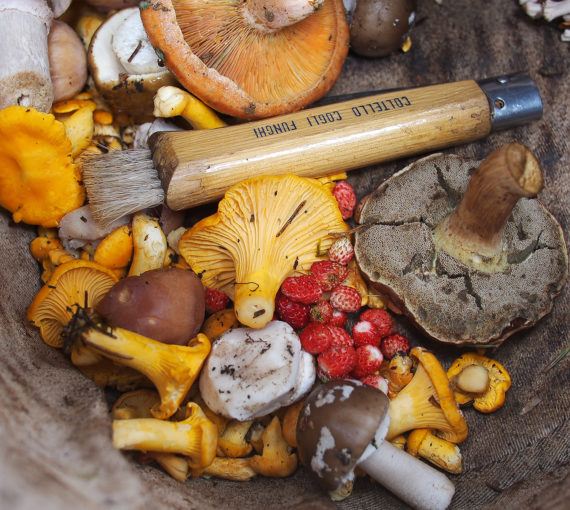
Learn how to decode best before and expiry date labels on food, medicine and body care products. It’ll help you reduce waste and protect your health.
It’s easy to overlook tiny details that influence daily decisions, including often-misunderstood best before and expiry date labels found on many food, medicine and body care products.
Make informed choices. By understanding these labels, you’ll reduce waste and better protect your health.
Decoding the difference between date labels
Food
Best before: This date shows the period during which a product is expected to be at its best quality. But it doesn’t mean the item is unsafe to consume afterward. Best before dates are only required on foods that stay fresh for 90 days or less.
Expired: This is a deadline after which the product may pose health risks and be unsafe to eat or drink.
Not confusing “best before” with “expired” will help you waste less food and save money.
What happens to food after it’s best before date?
After the best before date has passed, food may lose some freshness and flavour and texture may change. Some foods lose nutritional value, e.g., contain less vitamin C.
Unsure how to determine the safety of food after it’s best before date?
- Use your senses. Does the food have signs of spoilage like an off smell, taste or appearance? If something smells bad, looks mouldy or has an unusual texture, err on the side of caution and compost it.
- Know which foods to treat with caution. High-risk foods include meat, poultry, fish and dairy products. These can harbour bacteria that cause foodborne illness as they approach and pass their best before dates.
- Store food properly. Correct storage can extend food useability beyond its best before date. Read packaging. Store foods at the recommended temperatures and conditions.
If you decide not to consume a food, compost it. Recycle any packaging.
Tip: When shopping, pick foods with dates closest to your preparation and/or cooking time. This helps curb food waste. If everyone opts for the date furthest in the future, valuable nutrition can end up getting tossed or spoiling on the shelves.

Help end food waste
Besides being a waste of money, time, energy and nutrients, unused food in landfills is one of the main sources of greenhouse gases. How you shop, store and consume food can help make a measurable, meaningful difference.
Body care products
Body care products like moisturizers, serums, cosmetics, shampoos, conditioners and soaps also have best before and expiration dates — but what those are called is not the same as for food.
Period after opening: Many body care products have an illustration on the label indicating shelf life once the product has been opened. This is the PAO (period after opening) symbol. But it often goes unnoticed. Look for a graphic of a round jar with an open lid. Inside is a number with the recommended period it should be used once opened (e.g., 12M for “twelve months”).

Production or batch codes: Another way manufacturers and suppliers show expiration dates on body care products is with production or batch codes. This typically includes an expiration date like those found on food written in a YYYY/MM/DD (year/month/day) format.
Making your own body care products? Date label them or set a reminder in your phone.
What happens to body care products after expiration?
If opened: The product may undergo changes that could impact its quality and safety. Specific consequences of using expired body care products can vary depending on the type of product and its ingredients.
If unopened: If stored properly, it can be safe to use after the expiration date. This must be considered on a case-by-case basis. Research to ensure the product is safe to use.
Always clean out containers and appropriately recycle packaging to reduce landfill waste. Find out if the retailer and/or brand you buy from has a free packaging recycling program. If not, and you’re unsure if it’s recyclable (e.g., different types of plastic), check your local municipal recycling guidelines.

Seven non-toxic DIY body care recipes
The cosmetics industry generates billions of units of plastic packaging per year. Their products are often filled with harmful chemicals and heavy metals. Learn how to make aftershave, body spray, body lotion, hair rinse, mouthwash and foot soak using non-toxic DIY body care recipes that are gentle for you and nature.
Medicine
Best before and expiry dates on over-the-counter and prescription medicines are more critical than those on food and body care products. These dates are the period during which manufacturers guarantee them to be both safe and effective. Expired medication can be less potent, leading to inadequate treatment or, in some cases, dangerous reactions.
When past expiry, check with your pharmacist to see if you can still use the product or medication. Dispose of leftovers appropriately (look for take-back programs at your local pharmacy!) to avoid environmental contamination. Recycle containers and packaging. Never flush medications down the toilet.


